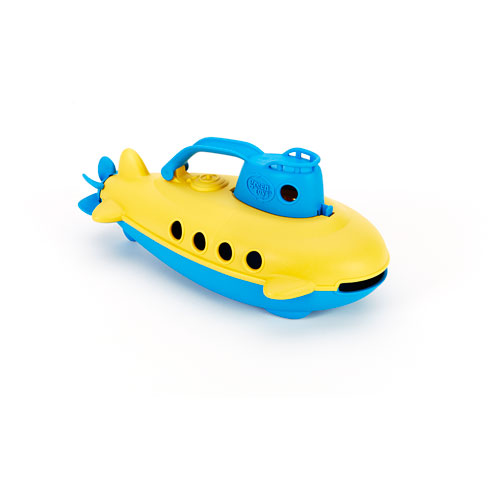

It is not typically a natural style of throwing-it is often a learned style-and because the vast majority of pitchers use an overarm motion, most young pitchers are encouraged to throw overhand. The rarity of submarine pitchers is almost certainly attributable to its unusual technique.

This is because the submariner’s spin is not perfectly level the ball rotates forward and toward the pitching arm side, jamming same-sided hitters at the last moment, even as the ball drops rapidly through the zone. Submarine pitches are often the toughest for same-side batters to hit (i.e., a right-handed submarine pitcher is the more difficult for a right-handed batter to hit, and likewise for left-handed pitchers and batters). The sinking motion of the submariner’s fastball is enhanced by forward rotation, in contradistinction to the overhand pitcher’s hopping backspin. Gravity plays a significant role, for the submariner’s ball must be thrown considerably above the strike zone, after which it drops rapidly back through. The "upside down" release of the submariner causes balls to move differently from pitches generated by other arm slots. (This is in stark contrast to an underhand pitch in softball in which the torso remains upright, the shoulders are level, and the hips do not rotate.) In baseball, a submarine pitch is one in which the ball is released underhand, and often just above the ground, with the torso bent at a right angle and shoulders tilted so severely that they rotate around a nearly horizontal axis. Chad Bradford delivers a pitch with a submarine motion.


 0 kommentar(er)
0 kommentar(er)
